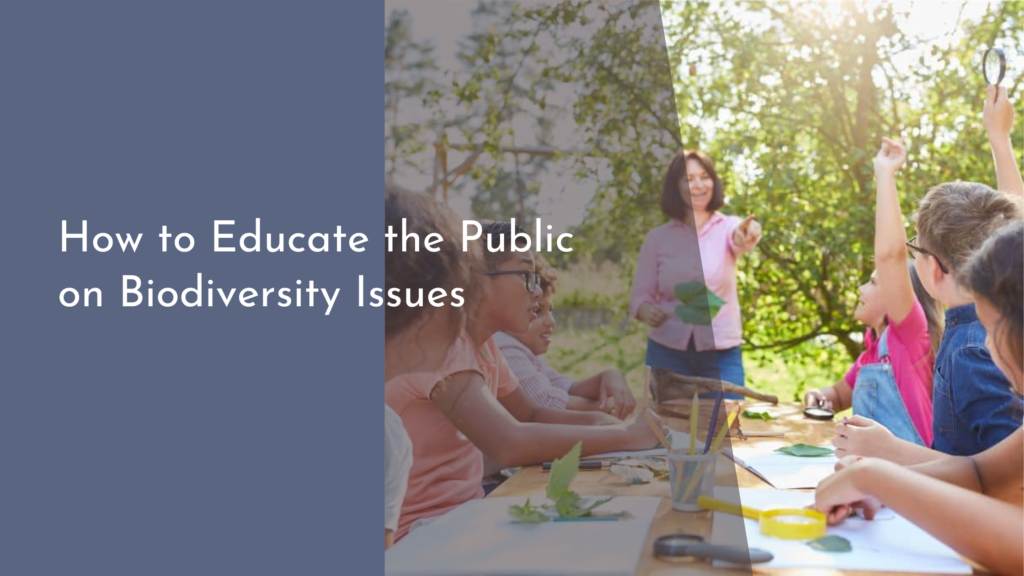The importance of interconnected landscapes for sustainable habitats
Interconnected landscapes are vital for maintaining sustainable habitats that support diverse forms of life. As urbanization and climate change continue to threaten ecosystems worldwide, the importance of fostering connections between various habitats becomes increasingly clear. These interconnected landscapes not only provide refuge for wildlife but also create a strong foundation for resilient ecosystems. This article explores the significance of interconnected landscapes, the benefits of habitat corridors, and the ways in which we can engage communities in this vital work.
Embracing Nature: The Role of Interconnected Landscapes
Interconnected landscapes refer to the seamless integration of different ecosystems, allowing for the movement and interaction of flora and fauna across geographical boundaries. This connectivity plays a crucial role in enhancing the resilience of ecosystems, as it enables species to migrate in response to environmental changes, such as climate fluctuations. By embracing nature in this way, we create a richer tapestry of life, where various species can thrive and adapt together in a shared space.
Moreover, interconnected landscapes offer numerous benefits to human communities as well. They provide essential ecosystem services, such as clean air and water, fertile soil, and natural pest control. Healthy ecosystems are also linked to improved mental health outcomes for individuals, as access to nature has been shown to reduce stress and enhance overall well-being. By recognizing the importance of these connections, we can foster a greater appreciation for the natural world and prioritize sustainable practices in our daily lives.
How Connectivity Boosts Biodiversity and Ecosystem Health
Habitat connectivity is critical for promoting biodiversity, as it allows for greater movement of species and genetic exchange between populations. This interaction is essential for maintaining healthy gene pools, which in turn enhances the overall resilience of ecosystems. Diverse ecosystems are more capable of withstanding environmental stressors, such as disease outbreaks and climate change, ensuring the survival of various species. Consequently, interconnected landscapes contribute to a rich web of life that supports both ecological and human communities.
Additionally, interconnected landscapes help to buffer against habitat fragmentation caused by urban development and agriculture. When landscapes are linked, the negative impacts of habitat loss can be mitigated, giving wildlife safe passage and access to necessary resources. This interconnectivity also promotes ecological processes such as pollination, seed dispersal, and nutrient cycling, which are vital for ecosystem health. In essence, the more connected our landscapes are, the more resilient and vibrant our ecosystems become.
Building Bridges: The Benefits of Habitat Corridors
Habitat corridors are crucial components of interconnected landscapes, serving as designated pathways that enable wildlife to move between fragmented habitats. These corridors can take many forms, including greenways, wildlife bridges, and restored wetlands. By providing safe passage, they help reduce roadkill and other hazards associated with human infrastructure, ensuring that species can thrive despite urban encroachment. The establishment of these corridors is instrumental in maintaining genetic diversity and promoting the overall health of ecosystems.
In addition to their ecological benefits, habitat corridors can also enhance recreational opportunities for local communities. They provide spaces for hiking, biking, and wildlife observation, fostering a deeper connection between people and nature. As individuals engage with these corridors, they begin to understand the importance of preserving interconnected landscapes, leading to increased support for conservation initiatives. This mutual benefit exemplifies how habitat corridors serve as bridges, not just for wildlife, but for fostering a culture of environmental stewardship among communities.
Connecting Communities: Engaging People for Sustainable Change
Engaging local communities in the preservation and enhancement of interconnected landscapes is essential for long-term sustainability. By fostering a sense of ownership and responsibility, we can inspire individuals to actively participate in conservation efforts. Educational programs, volunteer opportunities, and community events centered around local ecosystems can help raise awareness about the importance of interconnected landscapes, empowering residents to make informed decisions about their environment.
Furthermore, effective community engagement can lead to collaborative conservation projects that benefit both people and wildlife. Initiatives such as native plant restoration, clean-up campaigns, and citizen science programs promote active participation and build strong connections among community members. As people come together to care for their local ecosystems, they create a sense of unity and shared purpose. Ultimately, this grassroots involvement is vital for forging a sustainable future where interconnected landscapes can flourish for generations to come.
The importance of interconnected landscapes for sustainable habitats cannot be overstated. They serve as the lifeblood of biodiversity, boost ecosystem health, and foster community engagement. By recognizing and nurturing these connections, we can ensure that our natural environments remain vibrant and resilient. Together, let’s embrace the beauty of interconnected landscapes and work towards a sustainable future where wildlife and communities can thrive side by side.

